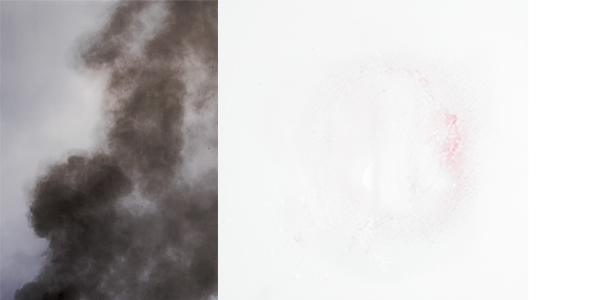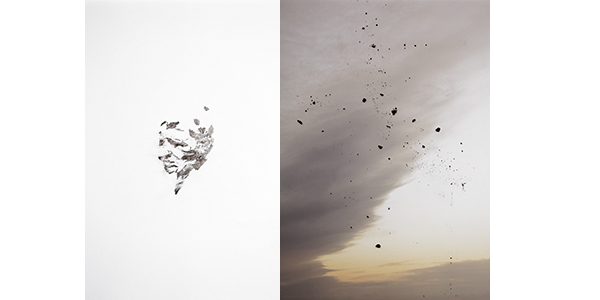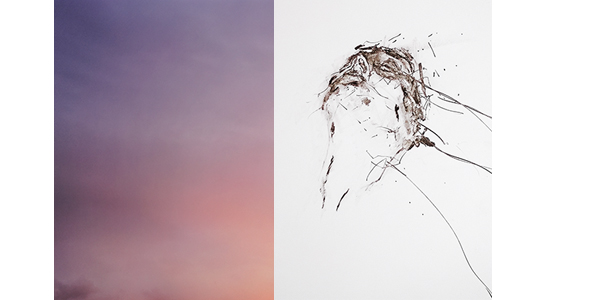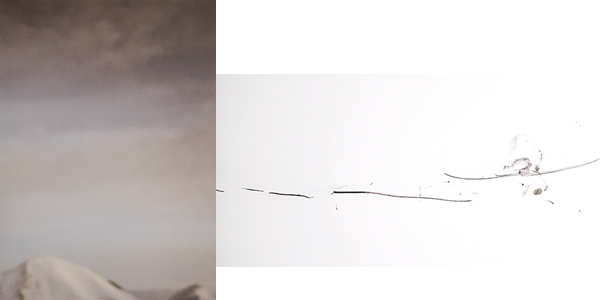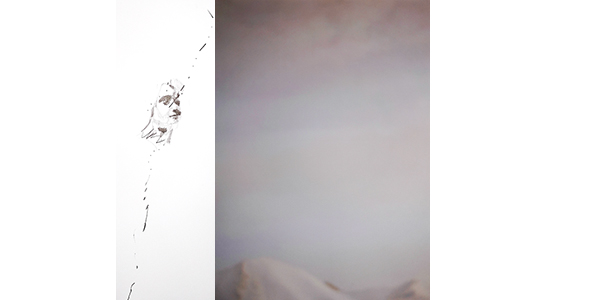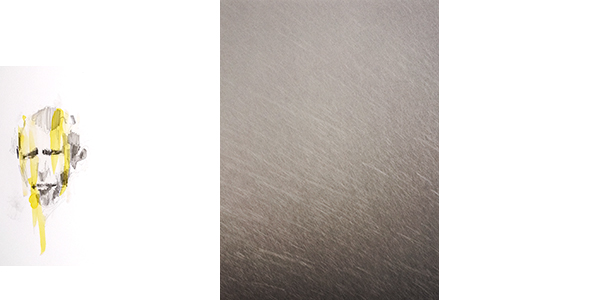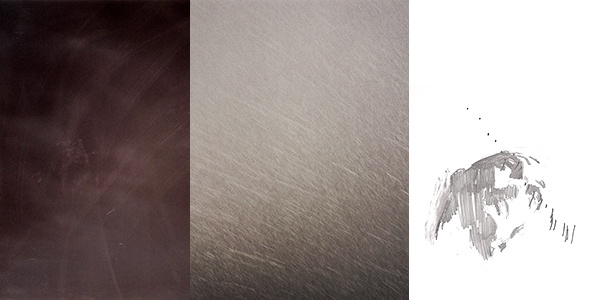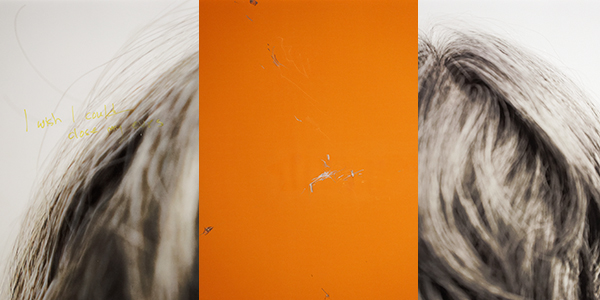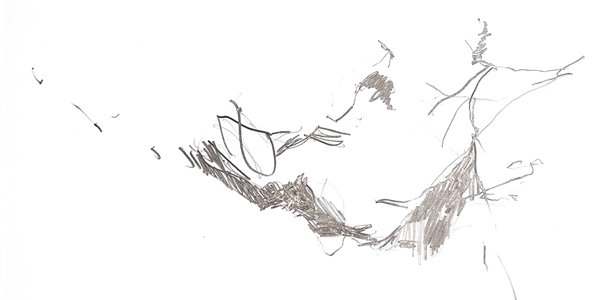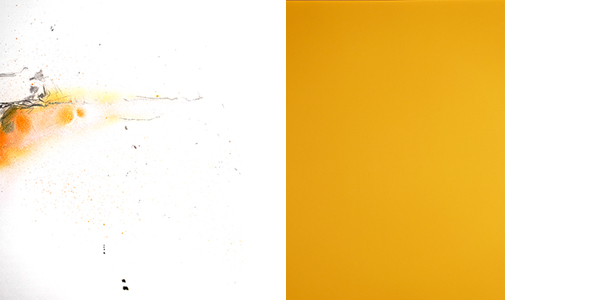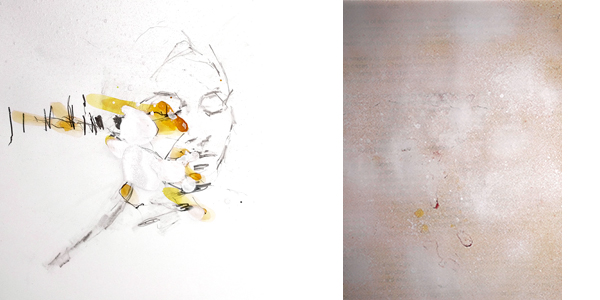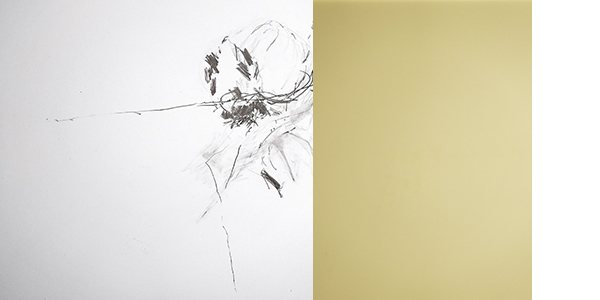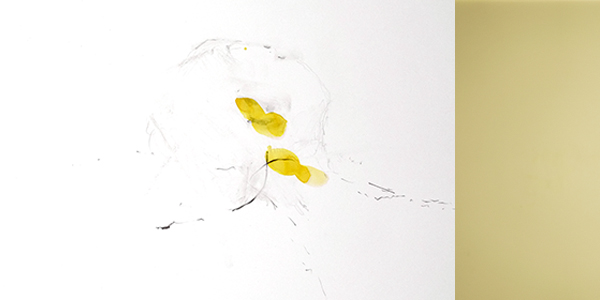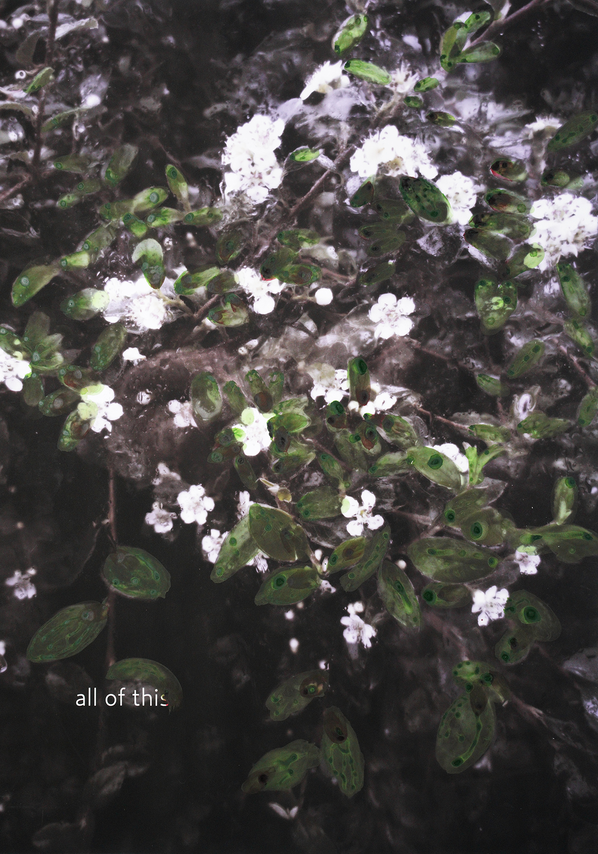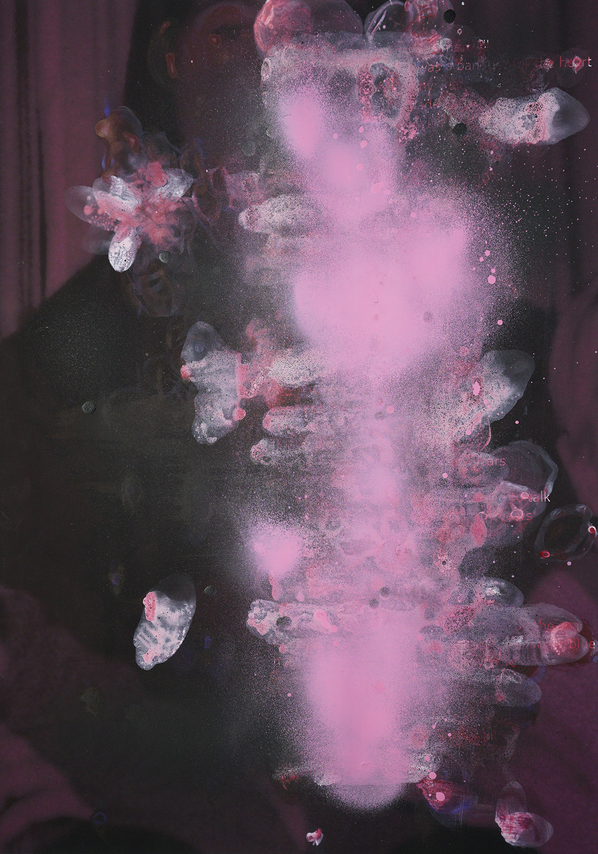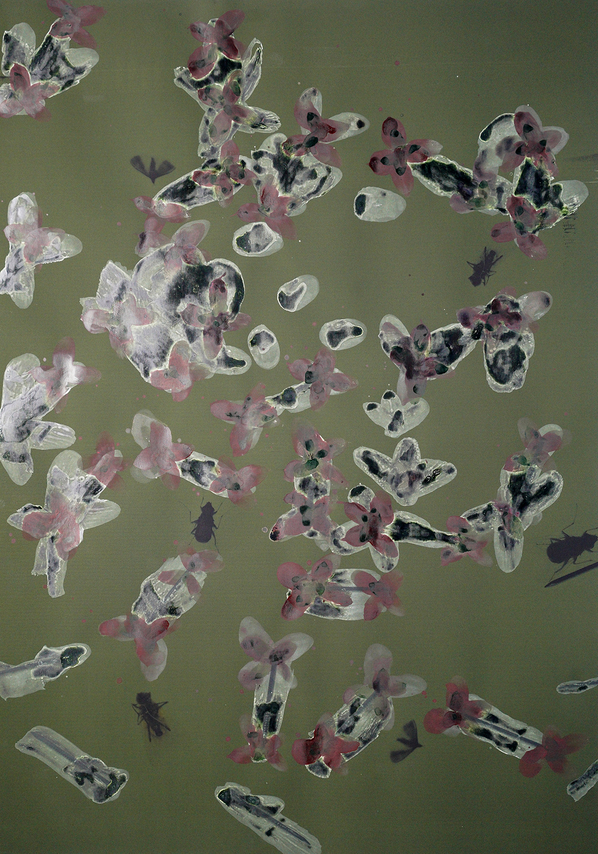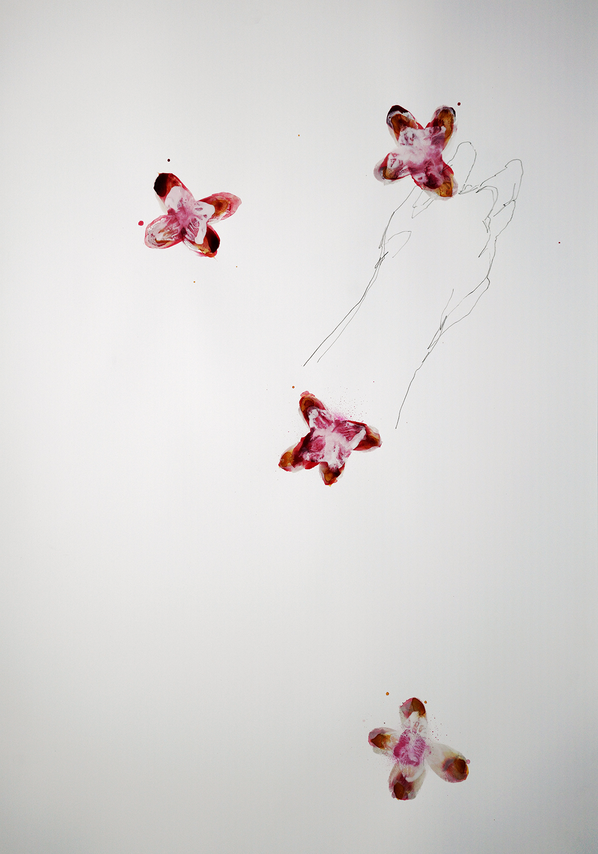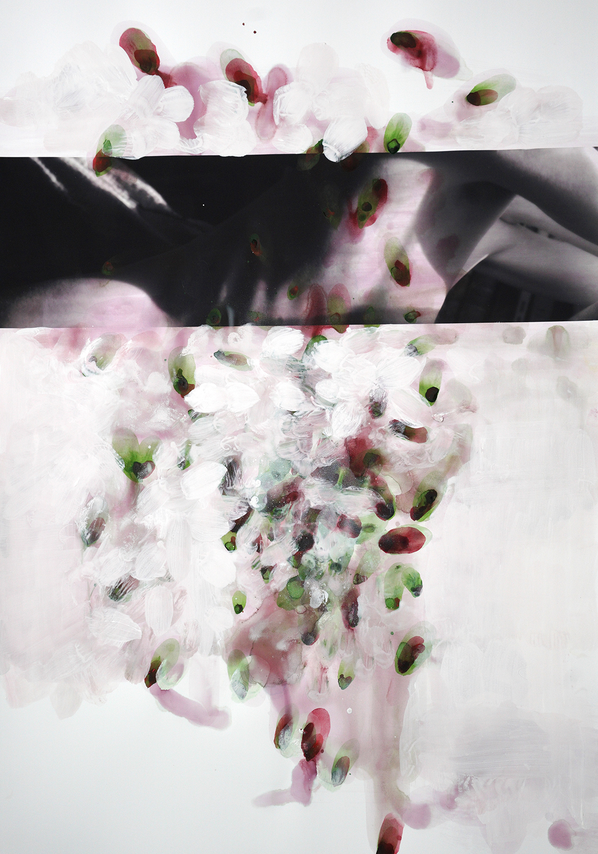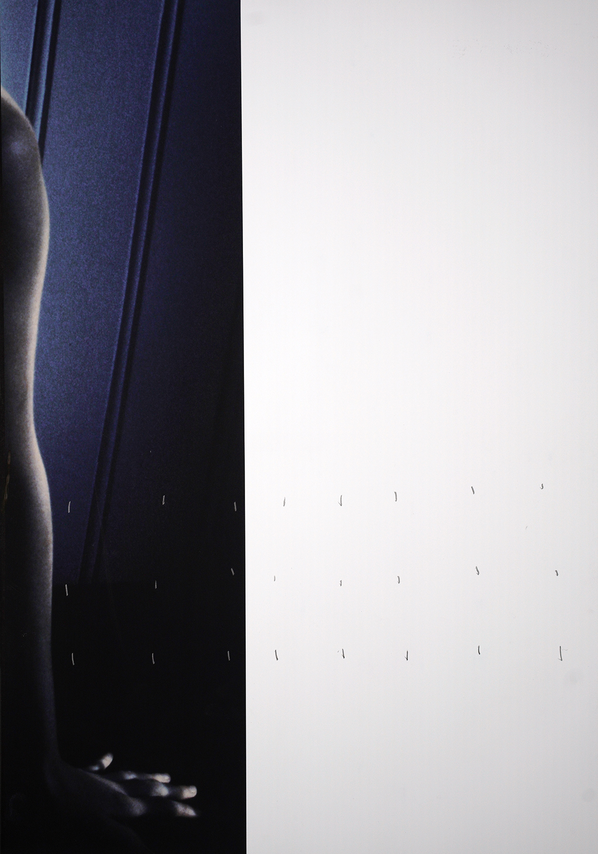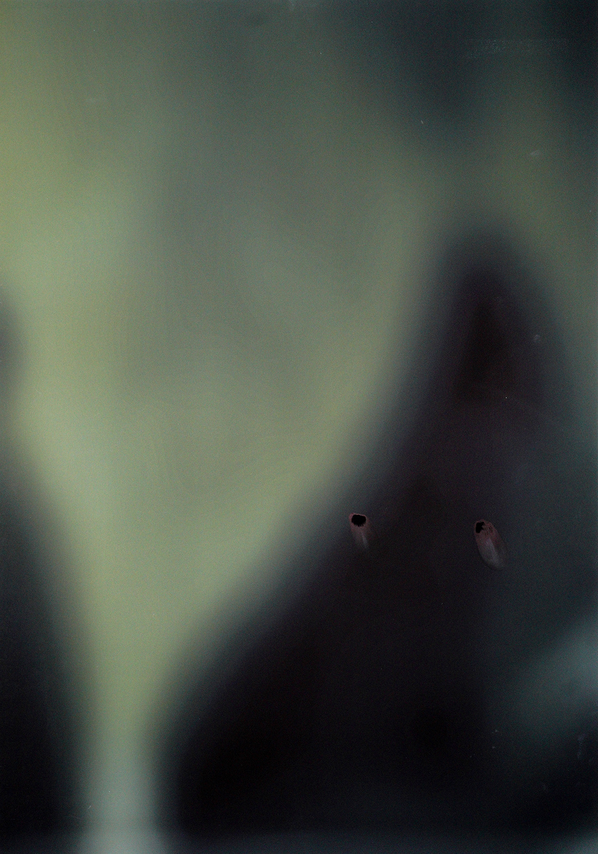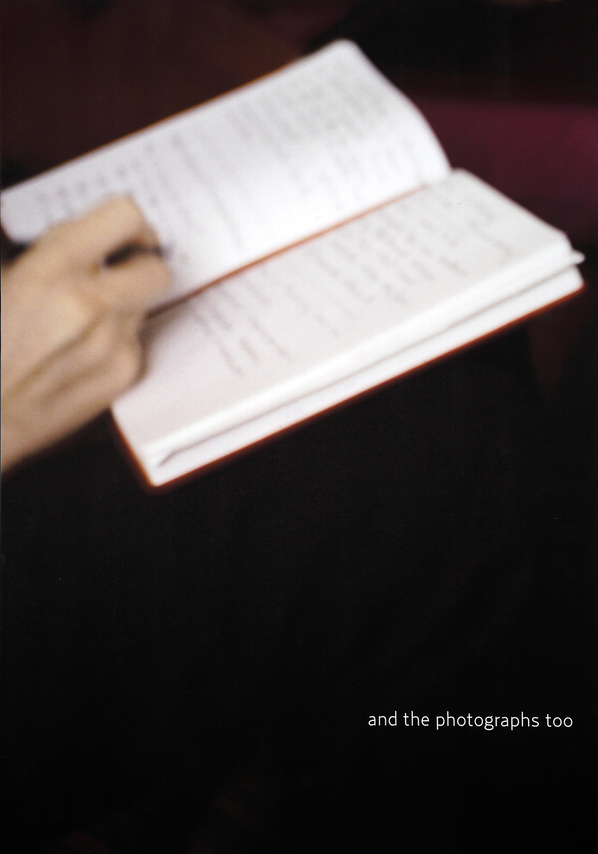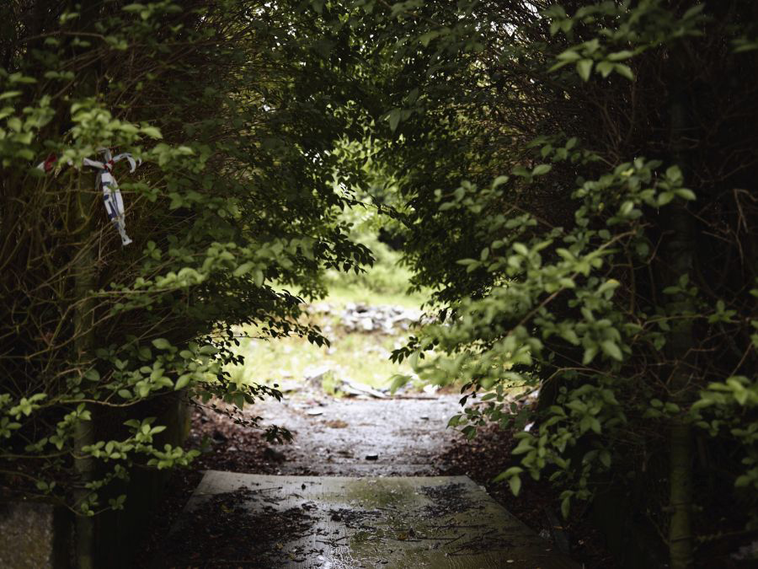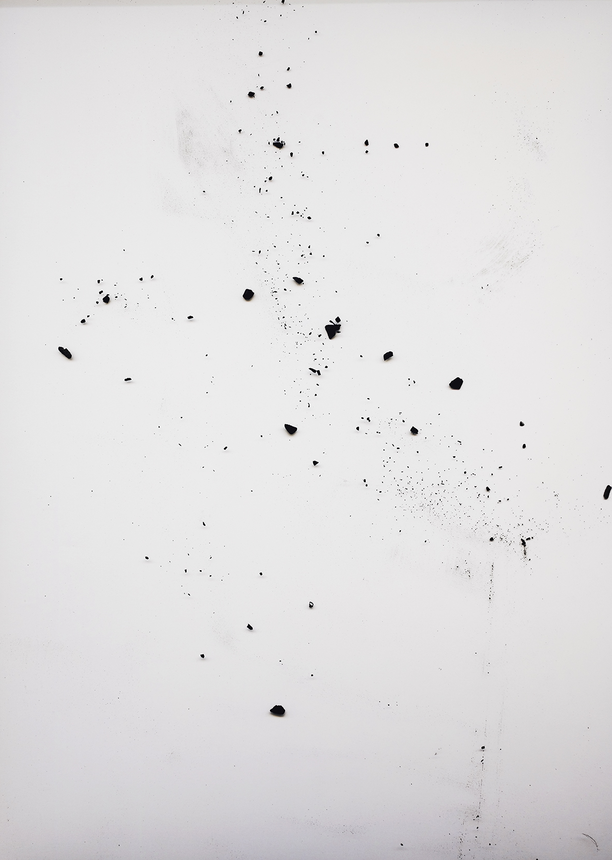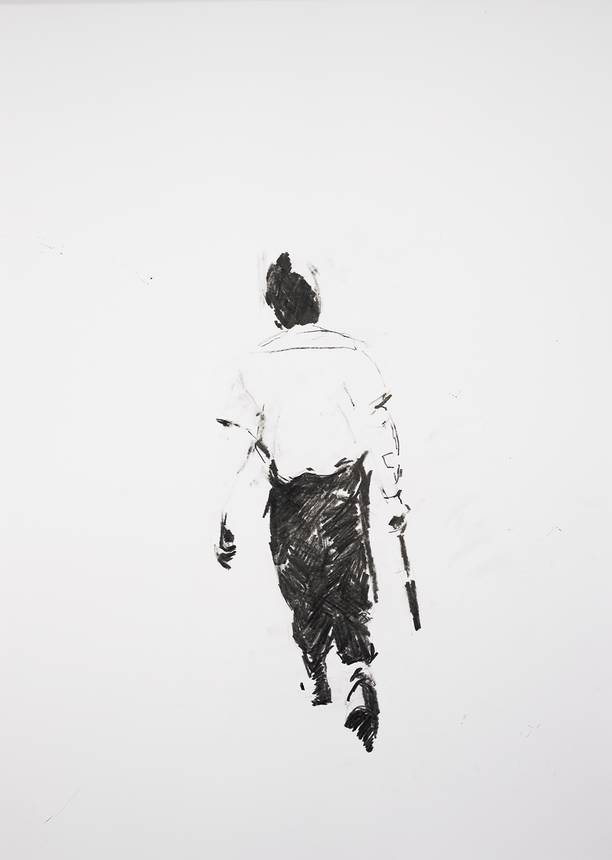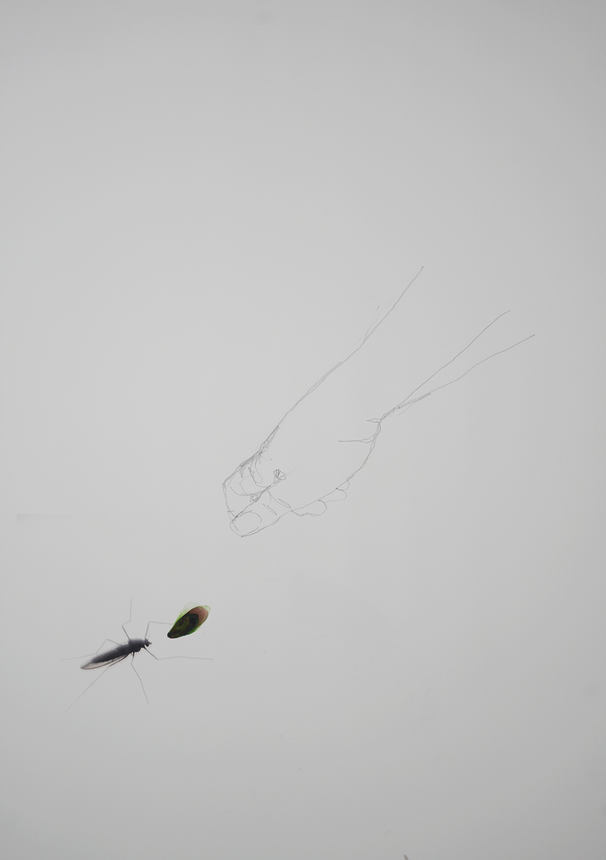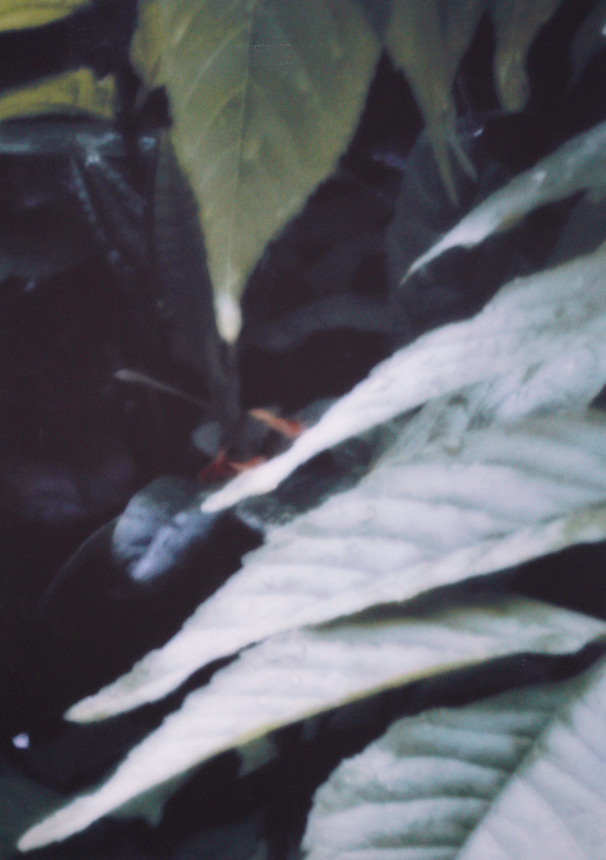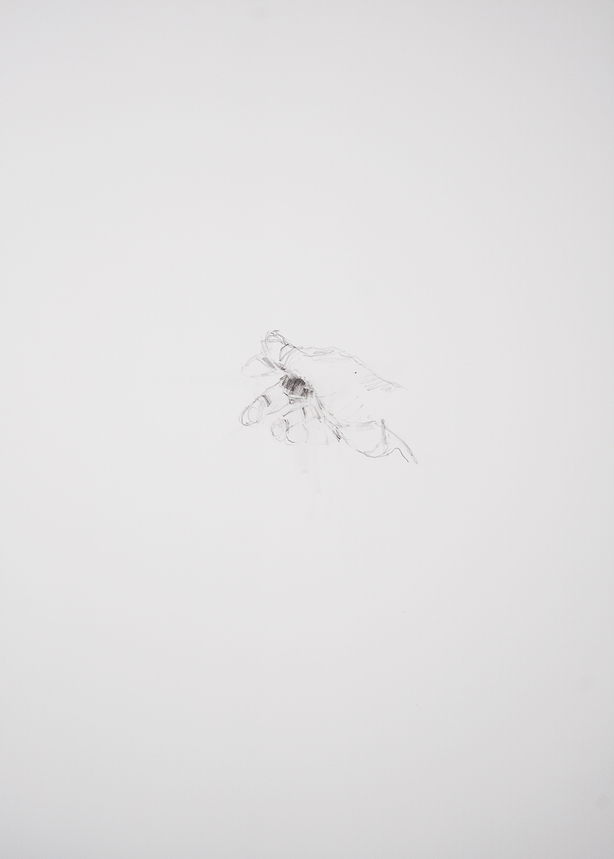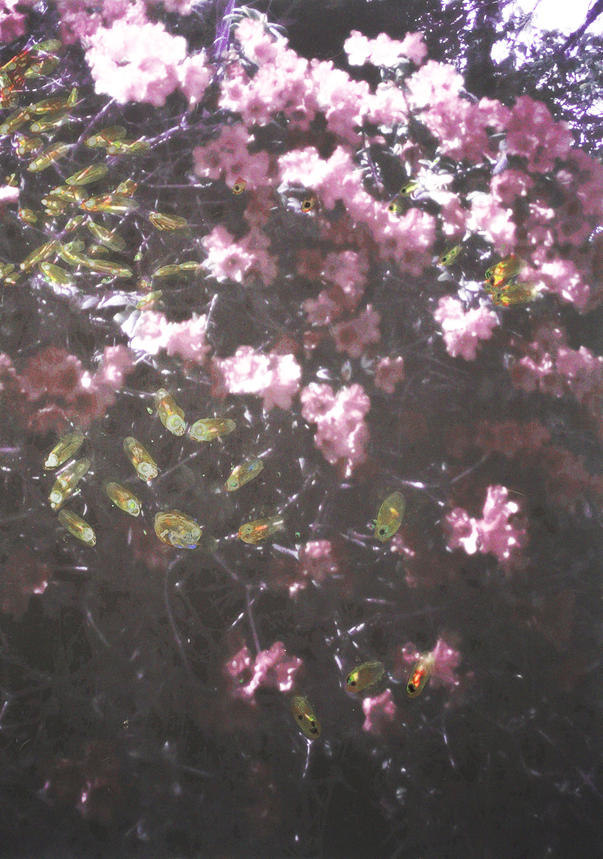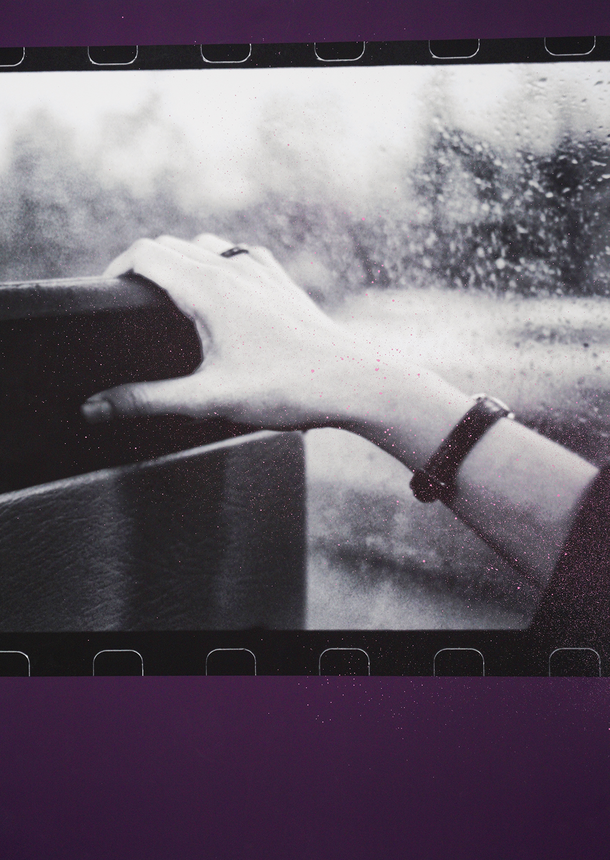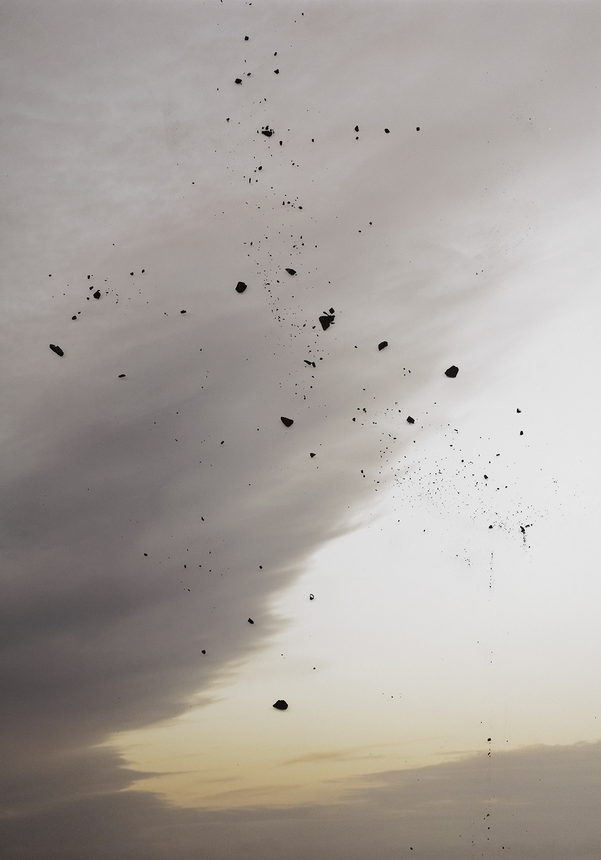Interation #1 -2014
The research project: “In A place Like This” sets out to investigate and expand the issues and critical discourses within Sandborg and Higgins' current collaborative artisitc research. The central focus for the research is concerned with how art, in this instance photographic and painted image making and text, can be used as an agent or catalyst of understanding and critical reflection.
The practice lead research question is focused on how the production of the image or the act of making images can communicate or describe moments of erasure or remembering in terms of historical and personal narratives with direct reference to moments of violence and place.
This is seen not in terms of a nostalgic remembrance of the past; instead as one that is rife with complicated layers and dynamics where recognition is denied the ability to locate a physical representation.
The work seeks to investigate the complex relationship between emotions and the language of images and representation. Echoes of places, people and historical representations constitute the experience of our presence in the world. Stories and objects should not be accepted as mere constructs of fact or fiction but rather be considered as conduits for pluralities. By examining the dialogue of visual memories and fragments of history the project raises questions such as: How do we approach facts though the complex relationships of personal immediacy? How do we operate the ambivalence of testimony itself? Through engaging in a response to events on the very fringe of our apprehension the work addresses the possibilities for communicating intimate emotions evoked by accounts experienced by ourselves and others. The research attempts to put forward visual discussions and critical positions that can function as responsive ‘friction points’ in an image saturated culture where images are produced with unthinkingly ease, and proceed to be disposable and forgettable.
Interation #2 -2017
The research is questioning specific identified conflicts inherent in the act of reading and producing images.
How do we approach facts though the complex relationships of personal immediacy?
How do we operate with and situate the ambivalence of testimony itself?
IAPLT research is producing visual artefacts as responsive critical ‘friction points’ that perform in an ‘image saturated’ culture where images produced and read within specific contexts proceed to be instant, disposable and forgettable. IAPLT explores how the production of the image and the act of making images can directly communicate and question moments of erasure and remembering in order to contribute to an understanding of historical and personal narratives that have direct reference to specific moments of displacement, violence and place inherent in the cases for study.
The research methodology is constructed through a deliberately indistinguishable collapsed and interwoven collaborative methodology consisting of field work, photography, drawing, painting and text. This utilises the form of artist publications – on-line, peer reviewed hard copy, large scale unique hand bound editions, exhibition/installation and teaching - as points of critically engaged dissemination and containers of conflict in itself. The research identifies this as a dialectic method – a place for the tension between conflicting ideas and investigation to be explored through discussion.
Embedded in this is an exploration of particular questions concerning the ethics of representation and the conflict inherent in the depiction of ourselves and other/s.
In this sense it brings into question an examination of the act of remembering as a thing in itself and contribute to and question the critical dynamics of a changing material relationship between the act of reading images and how they perform as objects in both physical and web based platforms.
All artefacts and research is to be read in the public domain:
